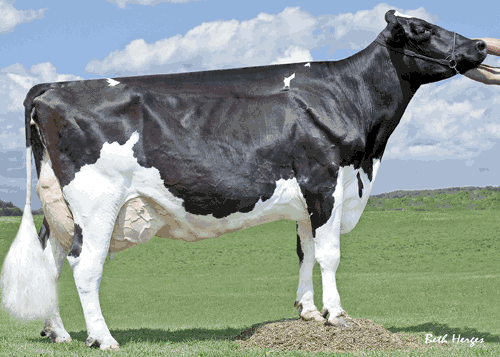Tougher organic milk and meat rules

The organic milk and meat world will change significantly on June 17, when stricter new regulations defining it go into effect. The new standards were announced by USDA earlier this month after several years of study and discussion requested by organic producer groups, food companies, and consumer organizations.
At the heart of the new rules is a precise definition of how much time cattle producing organic milk or meat must spend on pasture: at least four months each year, although they need not be consecutive. Another precise stipulation that figures to be more difficult to measure is that at least 30 percent of their feed intake must come from grazing. Previously, the only stipulation was that cows needed have access to pasture.
The new rules come at a time when adverse effects of recession in the general economy are taking a bite out of organic product sales. For several years, proponents boasted about the huge annual percentage growth in organic sales and dairy numbers but did not mention the actual totals involved. According to a USDA analysis released February 25 that detailed a slowdown in organic growth, the number of organic milk cows in 2005 was 86,000 (just under 1 percent) and organic milk’s total U.S. fluid market share in 2008 was just 3 percent.
The analysis said the recession is having a major impact on organic dairies in ways besides just a slowdown in retail sales. Organic production costs are estimated to be $4.78 per hundredweight higher than conventional dairies. In addition, average organic herd size is about 50 percent smaller and production per cow is about 30 percent less, both of which limit production efficiency and scales of economy. A lengthy and costly conversion period is also required for existing conventional dairies to be certified for organic production.









